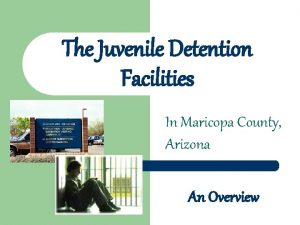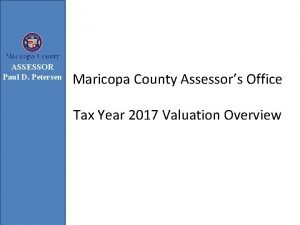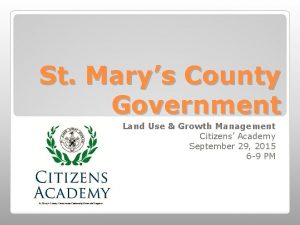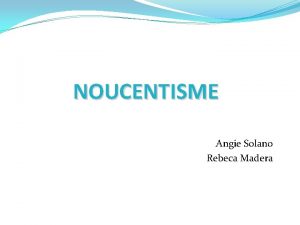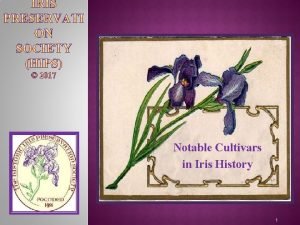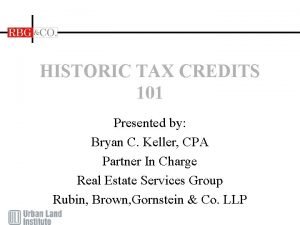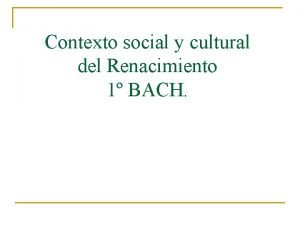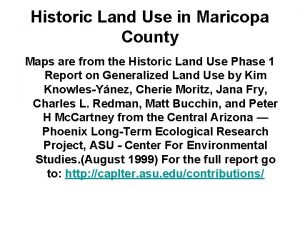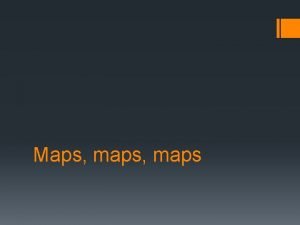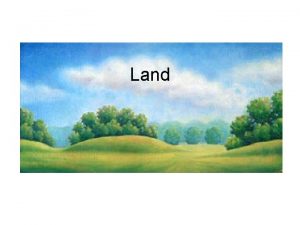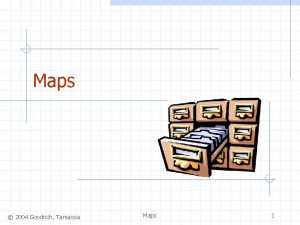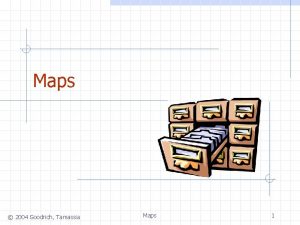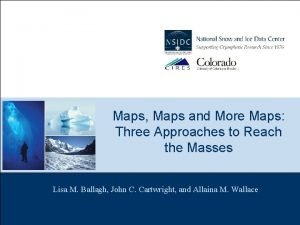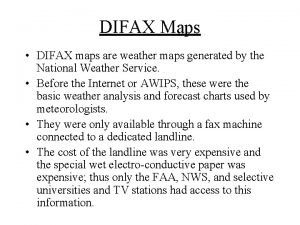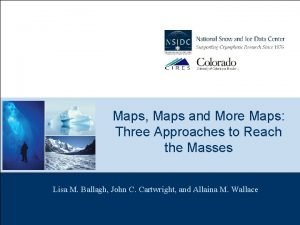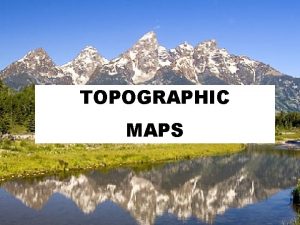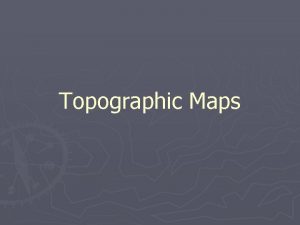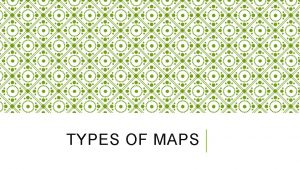Historic Land Use in Maricopa County Maps are















- Slides: 15

Historic Land Use in Maricopa County Maps are from the Historic Land Use Phase 1 Report on Generalized Land Use by Kim Knowles-Yánez, Cherie Moritz, Jana Fry, Charles L. Redman, Matt Bucchin, and Peter H Mc. Cartney from the Central Arizona — Phoenix Long-Term Ecological Research Project, ASU - Center For Environmental Studies. (August 1999) For the full report go to: http: //caplter. asu. edu/contributions/











Summary of Historic Land Use in Maricopa County From the Historic Land Use Phase 1 Report on Generalized Land Use by Kim Knowles-Yánez, Cherie Moritz, Jana Fry, Charles L. Redman, Matt Bucchin, and Peter H Mc. Cartney from the Central Arizona — Phoenix Long-Term Ecological Research Project, ASU - Center For Environmental Studies. (August 1999) For the full report go to: http: //caplter. asu. edu/contributions/ 1912 General History Between 1870 – 1920 – Phoenix was the largest city in Arizona, agriculture played a dominant role Water availability from the Salt River determined the initial development following reexcavation of the Hohokam canals Wheat, barley, and corn were the first surplus crops Later came commercial citrus and fruit crops with alfalfa following Roosevelt Dam was completed in 1911 and provided a reliable water source to the Valley 1895 – first railroad service linked Phoenix to Southwest, Midwest, and Eastern markets 1934 General History Construction boom in the 1920’s (Roads, bridges, sewer and water lines, etc. ) Agriculture is the prime economic activity Cotton crop crashed in 1920 s 1930 s surplus corn crops sold to federal government After 1920’s Phoenix promoted itself as a place for tourism, good weather, health care, and the arts and was no longer promoted for agricultural use Most of the land consumed for urban growth was agricultural lands

1955 General History Population more than tripled between 1940 and 1960 Many high-teach companies during the post-war years and many Military personnel stationed here returned to the Valley with their families after the war Almost all land that was becoming urbanized was former farmland, but for the first time a more desert land was being used for urbanization Farming was no longer the major industry Agriculture was the leading source of income for the last time in 1953 1975 General History By 1960’a growth of the city favored northwest, northeast and southeastern portions of the Valley Urban areas continued to grow while agricultural area decreased due to urbanization Boundaries of agriculture land expanded - new areas open to irrigation 1973 – Agriculture was second in importance to manufacturing as a source of income 1984 – Agriculture as an occupation was not dominant in any Maricopa County census tracts Urban development more than doubled between 1955 and 1975 More and more desert land for urban use

1995 General History From 1980 – 1994, Maricopa County was the third-fastest growing of the nation’s top 50 counties by number of people Economy focus shifted to real estate, construction, electronics, aerospace, retirement, service, and tourism From 1975 – 1995, amount of land use for urban development almost tripled Majority of new development was on desert land

• Maricopa County Population (people) and Land Use (acres) Data 1912 - 1995 **Land Use and population data from “Historical Land Use: Phase 1 Report on Generalized Land Use” by Kim Knowles-Yanez, Cherie Moritz, Jana Fry, Charles L. Redman, Matt Bucchin, and Peter H. Mc. Cartney. Central Arizona — Phoenix Long-Term Ecological Research Project, ASU - Center For Environmental Studies. August 1999 1912 Population 34, 488 (1910) 1934 150, 970 (1930) 1955 331, 770 (1950) 1975 971, 228 (1970) 1995 2, 551, 765 (1995) Total Land in Maricopa County 2, 828, 644 Agriculture 253, 422 (9%) 442, 624 (16%) 391, 001 (14%) 453, 739 (16%) 319, 371 (11%) Urban 4, 940 (<1%) 11, 609 (<1%) 75, 582 (3%) 185, 497 (7%) 508, 326 (18%) Desert 2, 570, 282 (91%) 2, 359, 097 (83%) 2, 327, 728 (82%) 2, 096, 042 (74%) 1, 876, 953 (66%) 0 (0%) 15, 067 (1%) 34, 333 (1%) 93, 366 (3%) 123, 994 (4%) Recreation 2, 828, 644
 Antigentest åre
Antigentest åre Maricopa county juvenile court
Maricopa county juvenile court Paul d petersen
Paul d petersen Maricopa county department of transportation
Maricopa county department of transportation St mary's county land use and growth management
St mary's county land use and growth management Reittihaku google maps
Reittihaku google maps Mercy maricopa behavioral health
Mercy maricopa behavioral health Pterion middle meningeal artery
Pterion middle meningeal artery Rad maricopa
Rad maricopa What are landforms
What are landforms High rocky land usually with steep sides
High rocky land usually with steep sides Noucentisme context historic
Noucentisme context historic Historic iris identification
Historic iris identification Historic tax credits 101
Historic tax credits 101 Contexto social del renacimiento
Contexto social del renacimiento Historic tax credits 101
Historic tax credits 101

